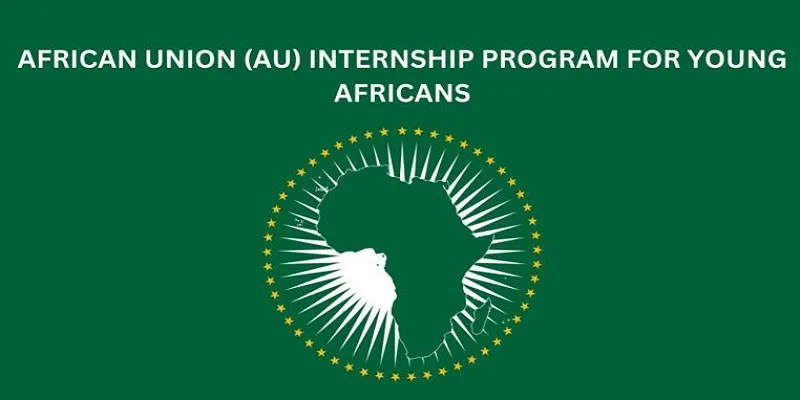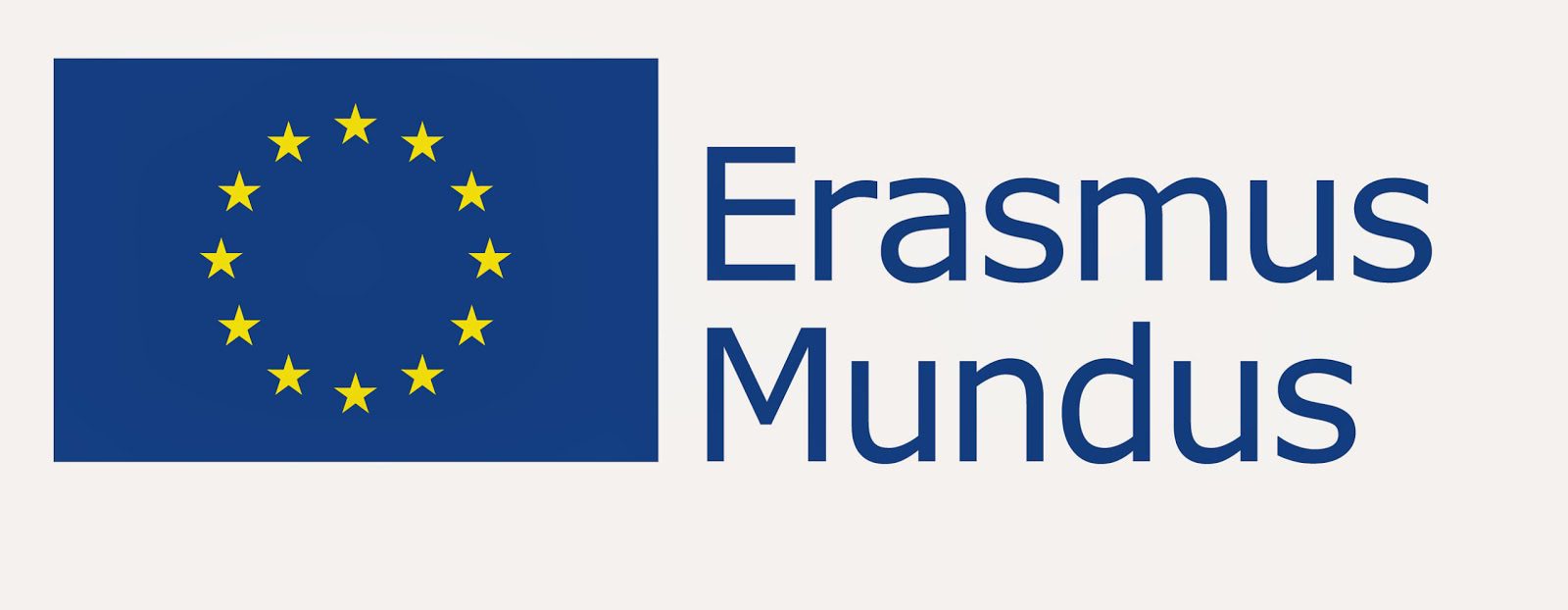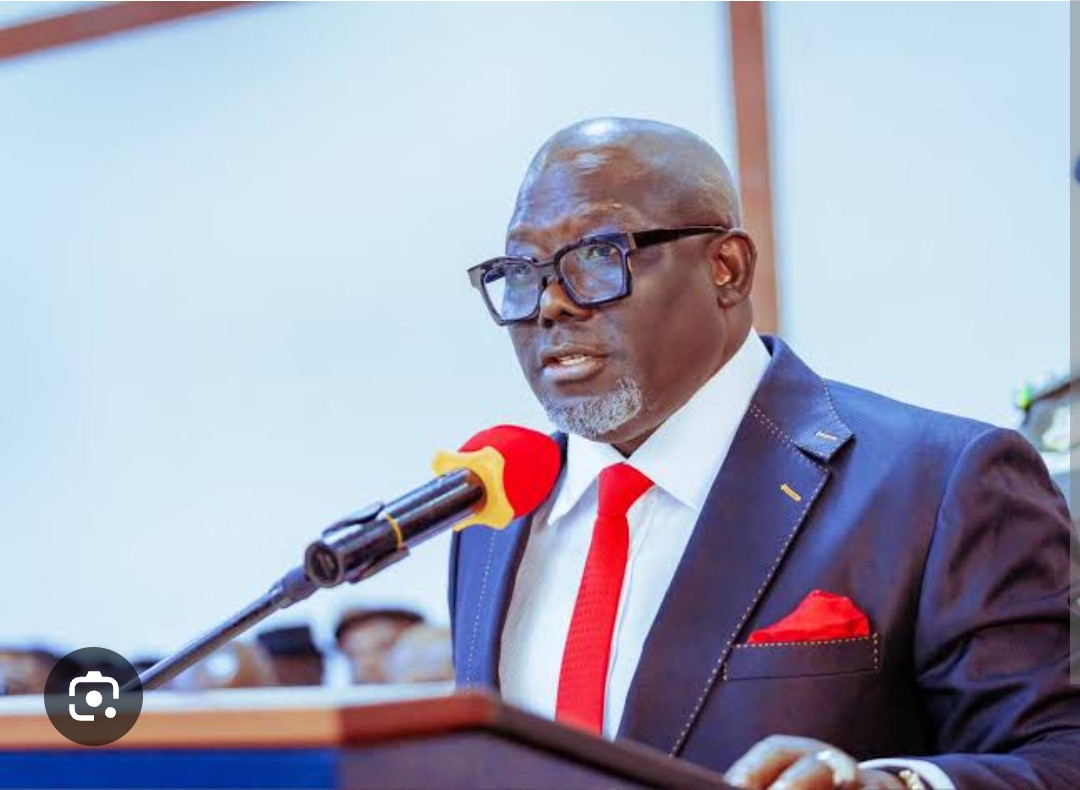In an unexpected move that has sent shockwaves through the international student community, the Australian Government has significantly increased student visa application fees, causing many prospective and current students to reconsider their educational plans.
From July 1, the fee for an international student visa application more than doubled from $710 to $1,600.
The government asserts that the additional revenue will fund vital higher education reforms as recommended by the Universities Accord, including cuts to graduate debt and increased financial support for apprentices.
Home Affairs Minister Clare O’Neil emphasized that the changes aim to “restore integrity” to the international education system and create a “fairer, smaller migration system better able to deliver for Australia.”
However, this move has drawn sharp criticism from students and educational experts who argue that the fee hike, combined with rising course fees and living costs, could divert prospective students to other countries such as the United Kingdom or Canada.
Wang Cheng from Suzhou, China, is now hesitant about pursuing a law degree at Melbourne University or the University of New South Wales in 2025.
“Is this because [the Australian government] simply doesn’t want me to come?” she questioned. “Am I a cash cow?” Despite the high global rankings of Australian universities, Ms. Wang is now considering alternatives in Hong Kong or Europe. “Hong Kong is closer to mainland China and has a similar culture, making it a more attractive option,” she added.
Similarly, Karma Dema, a single mother from Bhutan, is feeling the financial strain of supporting her two children through their TAFE education in Australia.
“It’s becoming too expensive with higher fees, accommodation costs, and inflation,” Ms. Dema said. She mentioned that if she had to make the decision today, she could only afford to pay for one child’s visa to study at an Australian university.
Jigme Lhamo, who is preparing for a master’s degree in information technology at the University of Canberra, shared her concerns about the affordability for future Bhutanese students. “The change could hurt people from humble backgrounds in my country,” she remarked.
The fee hike is not just affecting prospective students but also current ones. Brazilian student Henry Zampoli, who wishes to change his degree from IT to marketing, is reluctant to reapply for a student visa due to the soaring costs. “It is becoming too expensive, so I’m thinking of cancelling,” said the 21-year-old.
Eric Shen, a Chinese student studying an arts degree at Sydney University, described the fee rise as a message that international students aren’t welcomed. He labeled the move as “clumsy” and expressed concerns that other costs for international students might also increase, making Australia a less attractive study destination.
Experts predict that the rise in visa fees will lead to fewer international students, which could have a significant economic impact. As of March, more than 740,000 international students contributed over $47 billion to the Australian economy. Phil Honeywood, CEO of the International Education Association of Australia, noted that the fee hike would further strain universities relying on international student fees amid existing funding shortages.
“It’s about finding a new revenue source to fund their [the government’s] university accord program,” he said.
The recent string of changes affecting international students has left many worried about what might come next. Nguyen Minh Giang from Hanoi, who is enrolled in a master’s program in communication at Flinders University, expressed concerns about the financial viability for future students from her country.
She also highlighted the uncertainty created by the ending of the two-year extension for graduate visa holders for select degrees.
“Now, because the costs are higher, everything will be difficult if [students chose] to live in Australia,” she added.











